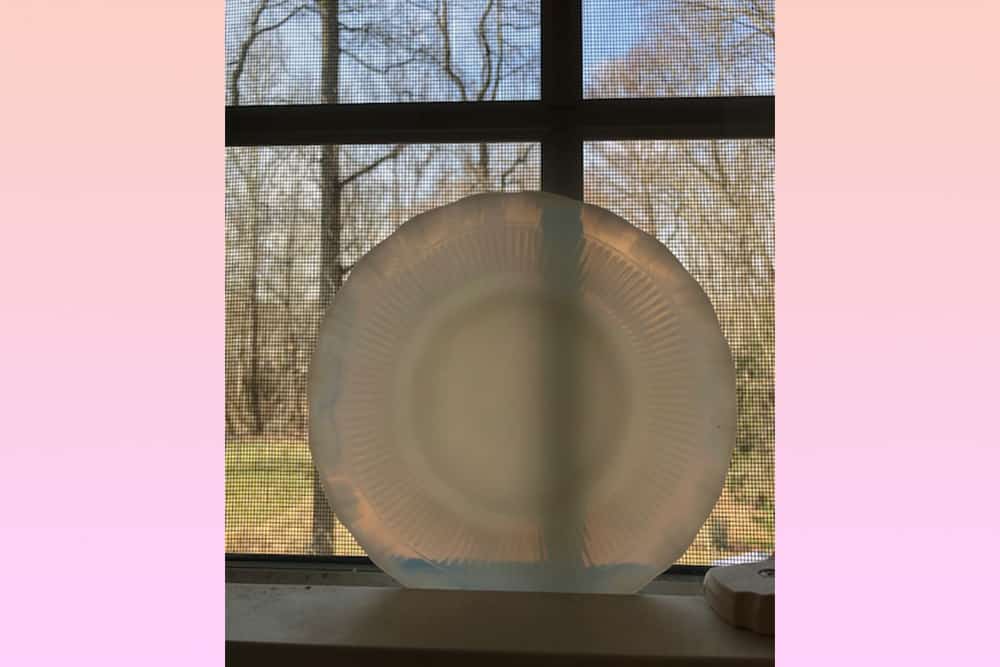Advancements in the ceramics field have often supported innovation and discoveries in other fields. Now, knowledge gained from early work on ice-templated ceramics is aiding in the development of soft, bioinspired materials for medical applications.
Read MoreAn international group of researchers led by Kobe University in Japan investigated the roles that community and individuality play in pottery design by asking potters from different cultural backgrounds to form several unfamiliar but basic shapes.
Read MoreReducing the amount of solar radiation absorbed by a structure is one way to improve a building’s energy efficiency. A novel ceramic façade called Flexbrick offers a fast way to reduce warming.
Read MoreThough the tradition of creating grand stained-glass windows is less common than it was before, the art form remains an important part of our culture today. In April 2024, CTT is running a special three-part series on stained glass. Part 3 covers the revival of stained glass in the 19th and 20th centuries and its use today.
Read MoreCertain carbon nitride compounds are predicted to rival or surpass diamond in terms of hardness, but attempts to experimentally synthesize these compounds in the past 30 years have failed. Now, in a recent groundbreaking study, researchers report successful synthesis of four covalent carbon nitrides that can all be recovered at ambient conditions.
Read MoreWhat gives colored glass its brilliant hues? Since the early days of alchemy, our understanding of and control over the design of colored glasses has improved enormously, opening the door to a host of practical applications.
Read MoreThough the tradition of creating grand stained-glass windows is less common than it was before, the art form remains an important part of our culture today. In April 2024, CTT is running a special three-part series on stained glass. Part 2 provides an overview of the early history of colored glass and details the rise and fall of stained-glass windows between the 11th and 16th centuries.
Read MoreArchaeologists have repeatedly shown that dairy products were an essential part of late Stone Age diets despite virtually all Neolithic Europeans being lactose intolerant. University of York researchers led a study that suggests early farmers used dairy products from multiple different animals and reduced the lactose content in milk by making it into cheese.
Read MoreThough the tradition of creating grand stained-glass windows is less common than it was before, the art form remains an important part of our culture today. In April 2024, CTT is running a special three-part series on stained glass. Part 1 overviews the techniques used to create stained glass.
Read MoreThe Great Depression in the United States (1929–1939) led glassmakers to pivot from producing fine crystal to manufacturing glassware pieces that could be pressed in large quantities with machines. The MacBeth–Evans Glass Company in Pittsburgh was one of many companies producing these so-called “Depression” glasses, and its history is covered in today’s CTT.
Read More









